Mashinéma Vérité
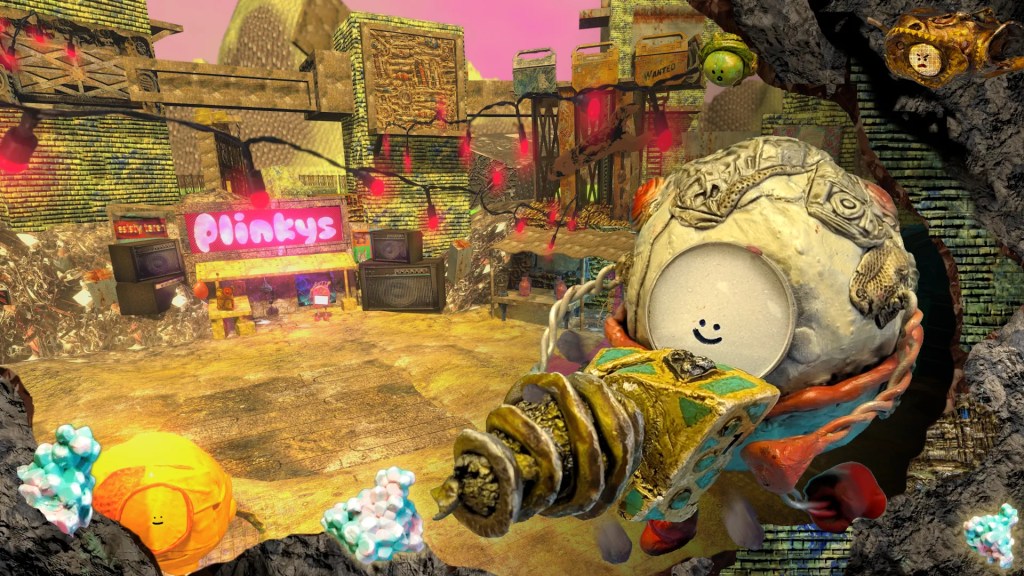
HIGH Gorgeous stop-motion aesthetic. Perfect soundtrack.
LOW Shambolic menus and UI.
WTF YouTubers shouldn’t be allowed to do voice acting.
When Judero, the first game by Talha and Jack Co., released last year, there were a handful of brief “hey look at this” stories from the big outlets, and there were some reviews, but by and large this utterly unique, drop dead gorgeous stop motion videogame assembled over what must’ve been painstaking years of labor was largely dropped by the journos, enchained as they are to the SEO Wheel of Pain. In any just world, Judero should have been fawned over, awarded many accolades, and gone on to make the developers a hefty passel of money.
We don’t live in a just world, of course, and Judero scraped together merely a small cult of appreciators. It was large enough, however, to make the Kickstarter for Talha and Jack Co.’s second game, Mashina, a success.
Knowing only that it looked beautiful and having never played a stop-motion videogame before, I jumped on the opportunity to review Mashina when it released. I was surprised to discover that beneath its beautiful handmade exterior, Mashina is a straightforward mining title, descended directly from Motherload, with only minor tweaks to the undeniably addicting-but-simple core established by that browser game all the way back in 2004. Surprised, but not displeased. Mostly.
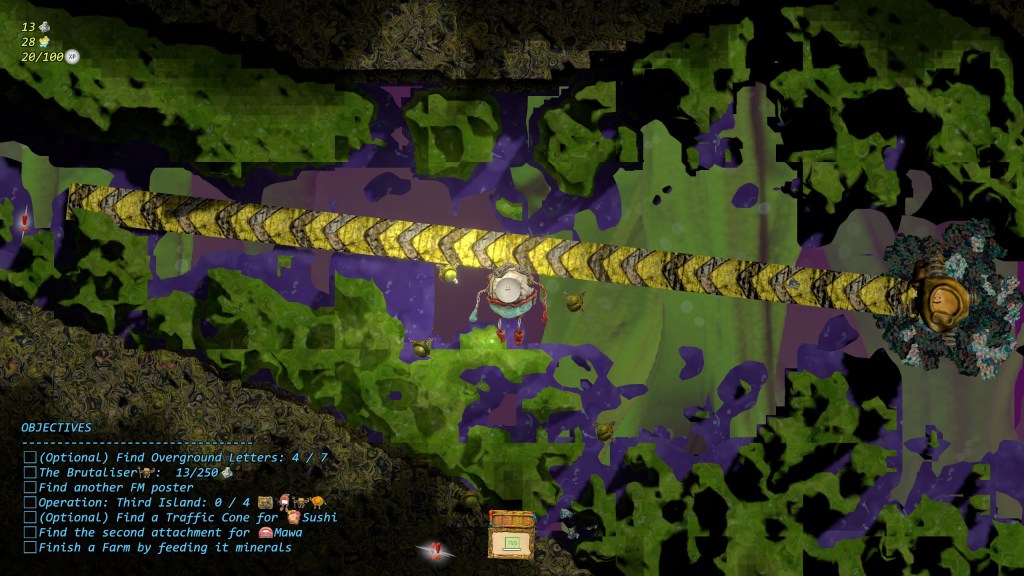
For those who haven’t played Motherload or its few modern derivations, here’s the basic structure — there’s an overworld players can walk around in, with shopkeepers and quest givers, before jumping into the underground and digging through dirt, rocks, and other subterranean cruft of varying densities, unearthing precious minerals that are stowed away and later cashed in. Said cash can be used to purchase upgrades, which allow more efficient mining, which allows for larger future profits to buy more expensive later upgrades – we see where this is going, and where it’s going is to a pleasant, albeit mostly mindless, way to lose a handful of hours. These kind of mining titles aren’t idlers, but they are kissing cousins to that genre, gently massaging some low and lizardlike nodule in the Gamer Brain.
As I said, Mashina does make some tweaks to this hoary, dirt-encrusted formula. Mashina herself, the player character, doesn’t have a fuel or oxygen gauge, which are common limiters in this type of experience. Really, the only things stopping a player from digging down indefinitely are limited inventory space, and the need to go topside for the drill upgrades necessary to bite through more ornery materials.
Another quirk? Minerals aren’t added to the inventory automatically. Instead, they have to be picked up manually and fit into a Resident Evil 4-style gridventory. There’s actually a skill available that does the sorting without player input but, as someone who is creepily ardent about RE4, a tasteful Tetris-enjoyer, and general grid appreciator, I never invested in it, preferring to do all the sorting by hand, as God intended.
Okay, I have expended all the words I wish to regarding mechanics, because the real draw of Mashina lies in its aesthetics. Almost every graphical element is comprised of real-world objects and crafts. All the characters are hand-fashioned, stop-motion dolls, and their various paraphernalia made from the sort of odds and ends that turn up and live forever in junk drawers. As such, one of the undimming joys of this title is seeing new characters, drills, trinkets, and other props, and what they’re crafted from.
Also, the soundtrack is a continual delight. There is only one way in which Mashina resembles Grand Theft Auto, and that’s in its implementation of an in-game radio with different stations, each with their own host, music, and vibe. It’s not the most tonally diverse collection of songs, as there are presiding elements of lo-fi, shoegaze, almost-too-precious indie folk across all stations, but not a single tune crosses the line into twee. It’s really, really good stuff – so good, in fact, that while digging games are usually a prime choice for muting and watching something on the ol’ second screen, I always gave Mashina’s soundtrack my full attention.
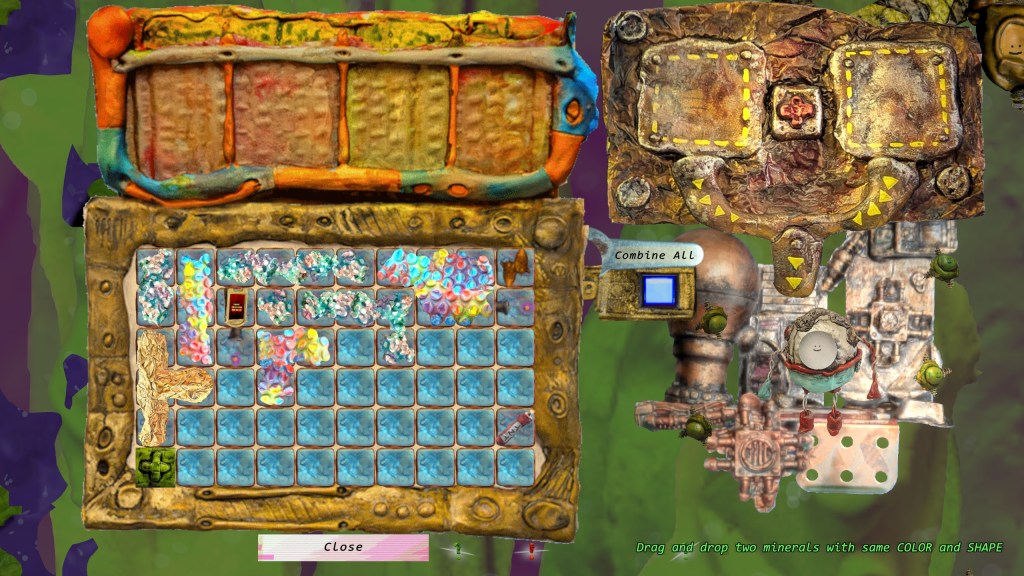
“Story”-wise (heavy quote marks in effect) the overworld is full of other Bobots who want Mashina to do things for them, and they all have quirky personalities. That sounds groan-worthy, but this is genuinely quirky, original and full-hearted goofiness, not the manufactured preciousness that passes for quirky in a lot of cozy games. The ‘bots here come across less like uwu-coded dopes and more like a gaggle of preoccupied weirdos, each firmly ass-in-saddle on their own personal hobbyhorse, and that’s cool.
If the aesthetic, music, and character were stripped away, truthfully Mashina would be a middling entry in the mining genre. It’s not deep, not especially streamlined, hardly innovative even relative to the circumscribed bounds of its niche genre. It’s also easy. The menus are terrible. The building mechanics are underbaked. The economy collapses within the first few hours. The menus, I repeat, are terrible. Mechanically compared to any other mining game of repute – none of which are that complex or rich – Mashina comes up short.
But – and this is probably the only time I have ever said or felt this – the mechanical guts and all the other stuff that goes with it – don’t really matter.
Mashina’s simplicity fits its mission, as Talha and Jack Co. have chosen the correct genre. Anything more complex or demanding would need heaps more polish and fathoms more depth to be feasible, and a commensurate extension of all its precious intangibles to go along with it. However, Mashina is about a bunch of robo-dweebs relaxing at the end of the world, and it wants to help players relax in their own collapsing reality.
I respect it as art much more than I respect it as a game, and taken as a whole, I love it as an experience. Nice work, Mashina.
Rating: 7 out of 10
Disclosures: This game is developed by Talha and Jack Co. and published by Judatone Games. It is available on PC. This copy of the game was obtained via publisher. Approximately 6.5 hours of play were devoted to the game, and it was completed. There are no multiplayer modes.
Parents: This game is not rated by the ESRB. There’s nothing inappropriate in this game whatsoever. There is no violence, the only “enemy” is just a robot with the wrong switch flipped – it goes back to being nice with the click of a button. Some of the humor is too oblique and weird for younger players to understand, but it’s nothing parents should worry about them being exposed to.
Colorblind Modes: There are no colorblind modes present.
Deaf & Hard of Hearing Gamers: All of the dialogue is accompanied by on-screen text, but the subtitles cannot be resized.
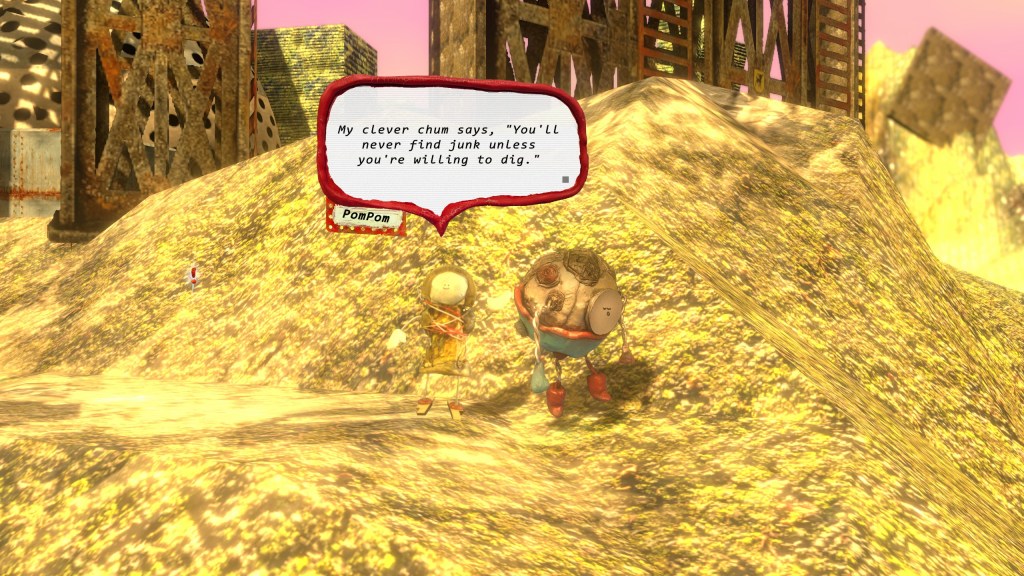
Remappable Controls: Yes, this game offers fully remappable controls for both keyboard+mouse and controller.
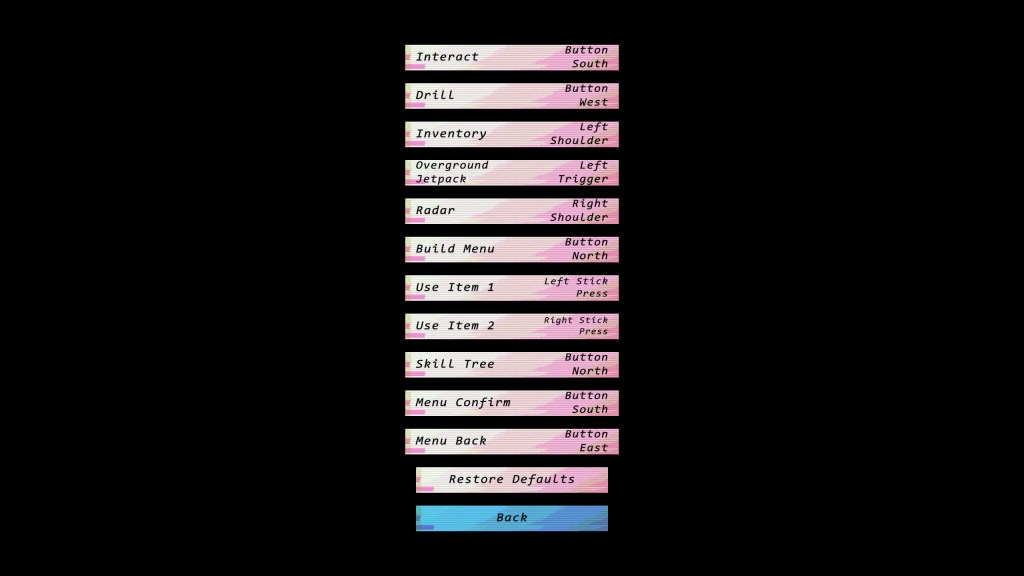
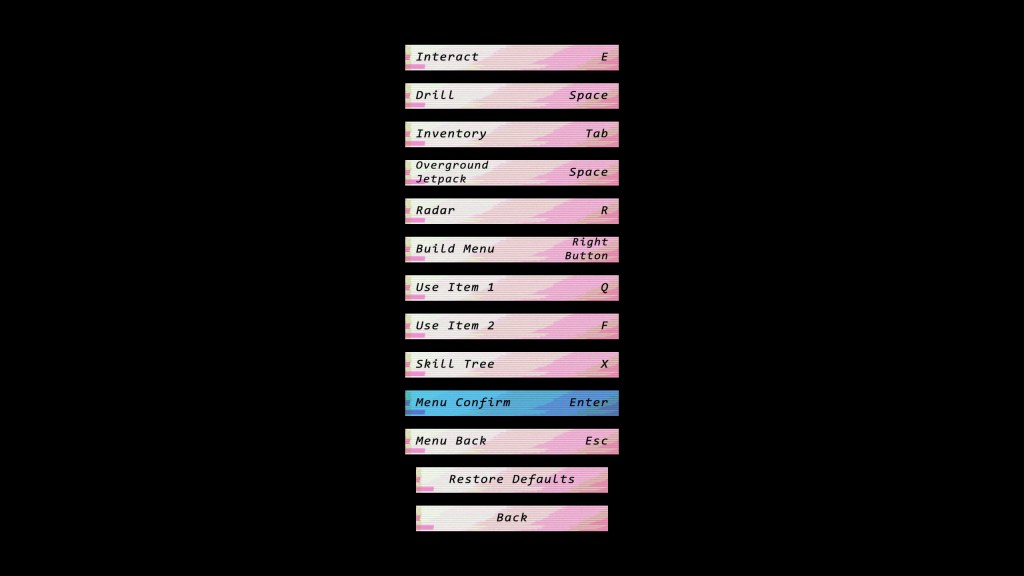
- Mashina Review - August 20, 2025
- Kaizen: A Factory Story Review - July 24, 2025
- Monster Train 2 Review - July 1, 2025